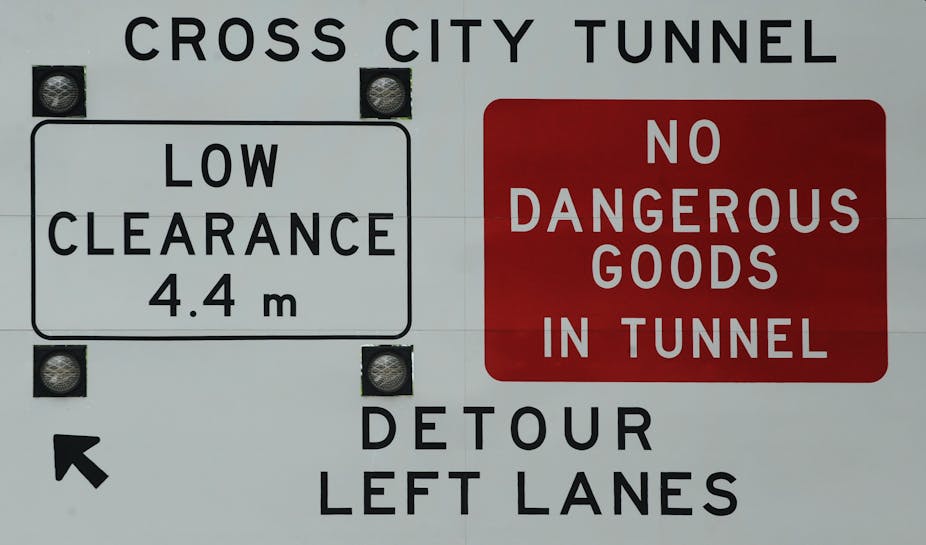Public-private partnerships (PPPs) have been in the spotlight recently, but seemingly, for all the wrong reasons. The NSW government, which has a particularly chequered history with PPPs, announced this week that it would bail out the Reliance Rail consortium (a joint partner in the troubled Waratah project to the tune of $175m in return for 100% of its equity. Days later, that same government flagged that the Cross City Tunnel could enter receivership for the second time, due to a dispute over a $60 million stamp duty bill.
Former NSW Premier and Infrastructure NSW chairman Nick Greiner has called on the government to overhaul its approach to PPPs, and warned against the perils of using a “one size fits all” approach to the model. Professor Graeme Hodge, director of the Monash Centre for Regulatory Studies, argues that PPPs present challenges for both the private and public sectors.
Let’s focus on the PPP infrastructure model that tends to exist in Australia. Under what conditions is this model viable?
Public-private partnership is in many ways, a brandname. Australian governments use the label PPP to describe a situation where they have a policy to privately fund large pieces of infrastructure through bundled contracts with a consortium. Having said that, there are different approaches in different states. In fact, there are as many different versions of PPP as there are governments and projects in Australia. It’s really difficult to say the conditions in which they work best, because there are so many different contract types for different projects. In the case of big projects, risky projects - some work well, some don’t.
So, with regards to the failed PPP between Reliance Rail and the NSW state government, would you say that has a lot to do with poor political governance and management of the project?
Yes. If we go back to the NSW case, certainly I think NSW governance arrangements were less mature then they should have been. The political maturity that was shown when the project was signed up was low, in my opinion. I think they’re learning as they’re going through and, quite rightly, it’s being seen as a political failure.
Obviously, there are challenges for both sectors in the PPP model.
Yes - there are challenges for both sectors. Both the public and private sectors probably need to get used to the fact that these things require a higher degree of transparency than either might like. The partnership needs to include citizens, not just be a two way deal. Governments make decisions on behalf of citizens and the private sector, if it wins a bid, needs to get used to the fact that their information, their wins, their commercial secrets, are going to be challenged as being important to know in the public interest. Both have to get used to transparency.
There’s also the continual management challenge for both sectors, because with any large project, a large part of the success that’s achieved is dependent on how competent the difficult management and coordination arrangements are.
Governments, too, need to meet the challenge of being more creative in how they structure and how they experiment with the PPP idea. The idea of governments cooperating with the private sector is of course not a new idea at all. And moving forward, the idea of governments continuing to collaborate with business is very sensible. But governments need to be far more creative in how it might use its own public funds with sensible, legal and institutional arrangements, to get infrastructure built. At the moment, each government has a very particular idea to what is best. What I’m suggesting is that there are many, many ways for governments to sensibly build infrastructure. There are many options ahead; it just depends on how creative governments want to be to solve the problem.
Do you think it also comes down to the government providing better incentives for private firms to perform and deliver projects in an efficient fashion?
No. It’s tricky to get the right balance between paying incentives to get things delivered on time and on budget. It’s also tricky to get the right balance in getting governments to provide PPP information transparently. It’s all part of this larger experiment, however. There are clearly cases in Australia and certainly, cases internationally, where private investors have made a killing and governments have virtually outsourced their brains and behaved in a silly way.
Having said that, however, if you look at the various projects that have failed around Australia, private investors have taken a haircut. They’ve made silly decisions and governments may well end up getting large pieces of infrastructure built at very reasonable prices. These have been cases where, before the global financial crisis, private investors reckoned that PPPs were a license to print money. They now realise that these project investments take on risks. And, if they’ve badly misjudged those risks, they are the ones who take on the loss - not the government.

